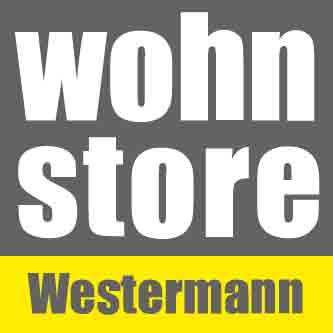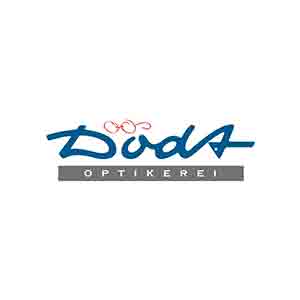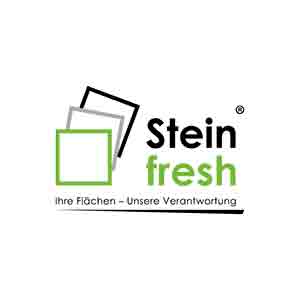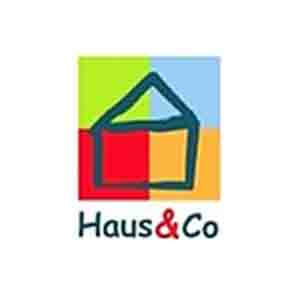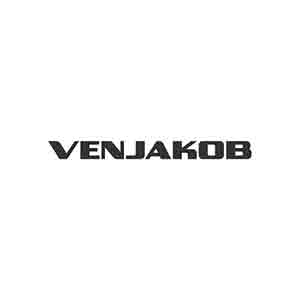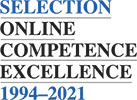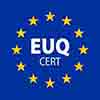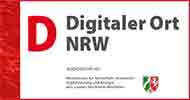Legacy Software Assessment and Audit Best Practices
Mainstream business software is vital for many companies. But, if it isn’t updated or audited often, it becomes a problem. Organizations must assess and audit their legacy software. These activities determine the status of their old applications and systems. These may include Legacy #Application Modernization Services, replacement, or continued use with enhancements.
A Guide to Effective Audits
In today’s fast changing IT world, core business apps are relics of the past. They keep key operations running but hinder the company’s growth. Legacy systems are valuable for their role in the company’s growth. Legacy software audit services provider companies assess a system’s strengths and weaknesses. This blog post will cover what to do in a legacy software audit, following which your organization can maintain its edge over rivals.
Statistics Behind the Rising Demand for IT System Modernization
In 2019, the U. S. government spent about 80 percent of its IT budget on outdated systems. It had only 20 percent left for modernizing its technology. The market for upgrading old IT systems is experiencing explosive expansion. Experts expect it to increase from $ 16 billion in 2022 to almost $ 30 billion by 2027. This growth is due to a need for better efficiency and customer satisfaction.
What are the Legacy Systems, and Legacy Software Assessment?
A legacy system is an old software or hardware still in use. It is relevant for achieving the organization’s goals. However, these systems can be a long term issue. They are often incompatible with modern technology, costly to maintain, and a security risk.
Legacy software assessment is the process of examining these systems. It defines their efficiency, security, and compliance with the organization’s goals. The Intellify says that this test helps organizations decide if to upgrade, replace, or modify their legacy systems. One must understand the legacy systems’ complexities. It is key to making good decisions about improving them.
Best Practices for Legacy System Audit and Modernization
It is important to understand the best practices when conducting a legacy software audit. Here’s an expanded look at these key practices:
1. Comprehensive Inventory
To start your audit, you should begin by compiling a list of all the legacy systems that are in use in your organization. This inventory should include not just the software and hardware. It must list all dependencies, including databases, middleware, and custom integrations. This makes it possible for you to have an overall view of the IT structure which is vital in assessing risks and possible improvements.
The #Intellify recommends using automated tools to catalogue these systems. They will help find easily overlooked components. It constitutes the basis of your audit so that you can get a clear view of the extent of the systems that you are required to assess.
The next step after getting the inventory is to carry out a legacy software assessment. This means checking how much the software boosts the organization’s operations. These include speed, efficiency, user satisfaction, and the ability to expand the work. These metrics, when compared to today’s options, offer a glimpse into the areas in which your outdated platforms could use improvement.
Performance underlines that this analysis should be done not only in the present but also in the future needs. For instance, is the system capable of expanding its capacity to accommodate more work as your business expands? These metrics are key. You can find areas to improve or modernize for big gains.
3. Security Evaluation
Another key challenge with legacy systems is security. They’re old and may lack the latest security features and patches. The process of risk assessment is essential to define possible risks that might affect the organization and its data.
The security assessment of the software should consider its …
- architecture
- data encryption method
- access types
- any known vulnerabilities
Also, consider the compatibility of the system with the present day security standards and legislation.
We also suggest penetration testing and vulnerability scans. They can find hidden flaws that enemies may exploit. Mitigating these security risks is crucial for the safety of your organization’s information and its image.
4. Compliance Check
In the context of regulation changes, you need to guarantee that your main systems meet the current rules and ordinances of the industry. Compliance check means checking the system against legal requirements, like #GDPR and HIPAA. It includes any sector specific rules. Failure to adhere to these laws attracts legal consequences.
Engage legal and compliance teams in this process. This will ensure that all relevant criteria are met. It helps avoid penalties. It also proves your company’s commitment to excellence.
5. Cost Benefit Analysis
The most important factor in various types of Legacy System audits is cost. This is the cost of continuing to use the software or of upgrading. Next, we must compare the costs of using the old systems to the benefits of migrating to a new system. It should consider the costs of maintaining the system, the risks of downtime, and the impacts on employee productivity.
Also, it should weigh the potential for increased income from improved system efficiency. The Intellify notes that modernization often requires a big investment. It may pay off in lower costs, better efficiency, and more adaptability.
6. Stakeholder Involvement
Legacy software modernization affects other departments. So, we must engage stakeholders in the audit. This comprises IT staff, business managers, financial departments, and users of the systems in the organization. So, you involve these stakeholders. This ensures the audit considers all factors. It also makes the recommendations strategic for the organization.
To facilitate, We recommend holding workshops or focus groups. This will let stakeholders voice their opinions. It will also help gain support for the audit and modernization. This method helps make informed decisions. It ensures most staff support the decision. More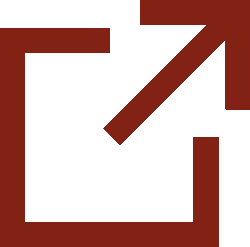 …
…





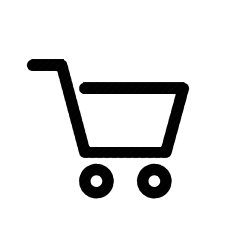









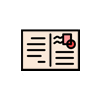






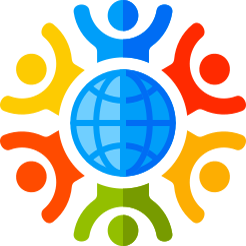

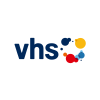




























 Gütsel RSS Feed
Gütsel RSS Feed









